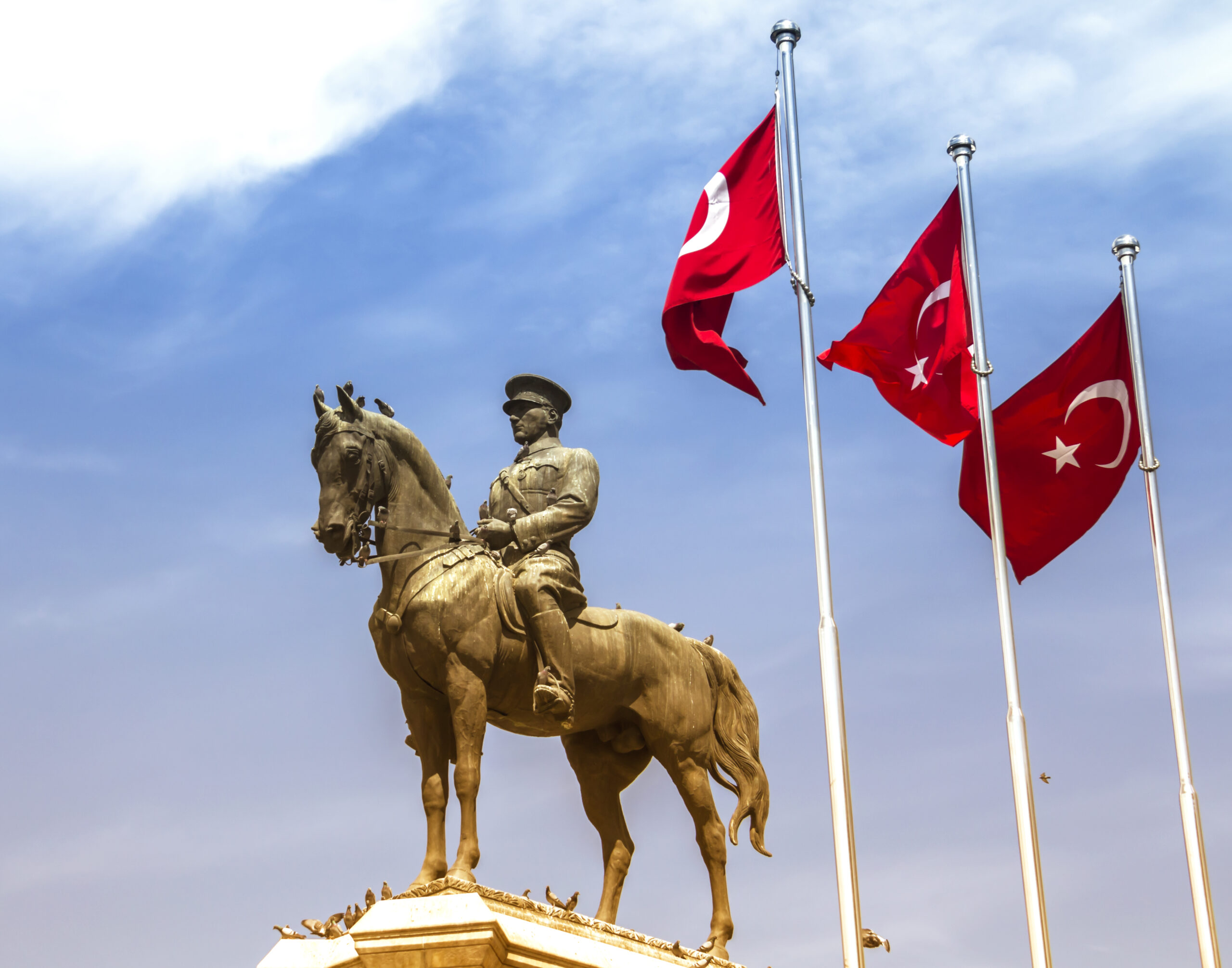When it comes to travel and tourism, we all sometimes ask ourselves simple questions because we wonder why certain things we see or experience are the way they are, how they can be explained, and for what reasons. In short, why…
Today, we’re looking at a major city that everyone knows by name at least, but which, oddly enough, isn’t its country’s capital. We’re talking about Istanbul and Turkey.
Historical, Political and Geographic Reasons
Just as New York isn’t the capital of the United States (it’s Washington DC), Sydney isn’t Australia’s (Canberra), or Rio de Janeiro for Brazil (it’s Brasília), Istanbul isn’t Turkey’s capital. Yet this city, once called Byzantium or Constantinople, would certainly deserve to be, if only because it remains by far the most well-known and dynamic city in its country, on every level. But nevertheless, it isn’t…
And as is often the case, the reasons are primarily historical and political. To understand them, we need to go back in time a bit, to 1923, which saw the birth of “modern Turkey,” championed by its founder Mustafa Kemal Atatürk, now a true national hero in his country.
We’re at the end of World War I, with an Ottoman Empire that made the wrong choice by allying itself with Germany and the Austro-Hungarian Empire. This would result in a large part of its territory being dismantled by the victors and transformed into new provinces under French or British mandate, while others like Armenia would enjoy (brief) independence, or even be annexed to Greece in the case of regions bordering that country. As for the rest, it effectively came under English, Italian and French influence while officially remaining independent.
Not independent enough, however, to avoid awakening the fears of nationalist movements, led primarily by Atatürk, who after many twists and turns would succeed in creating and leading what would become today’s Turkey following the Treaty of Lausanne on July 24, 1923. A new country had just been born and it needed a capital for its republic.
Of course, the new government could have kept Istanbul as the capital. Except that the founder of this 20th-century Turkey didn’t see things that way. For Kemal Atatürk, a different city was needed for this role. If only to break the link with that defeated Ottoman Empire of which Constantinople had been the capital for centuries. That’s why the choice fell on Ankara, a small town in the heart of Anatolia that was already geographically less vulnerable to foreign attacks than Istanbul, located on the coast. A strategic choice as well, even though the city had barely 20,000 inhabitants at the time, far from Istanbul’s 800,000.
Few people, then, but the freedom to create a capital in its founder’s image, without space constraints and even less tied to the past or Ottoman history. Quite the opposite, in fact, since in this regard, little Ankara had always been an important stronghold of the nationalist movement—enough to create connections and allow development so that Atatürk’s Turkey could become a modern, secular and republican state. The complete opposite of the image then carried by the old Constantinople…

